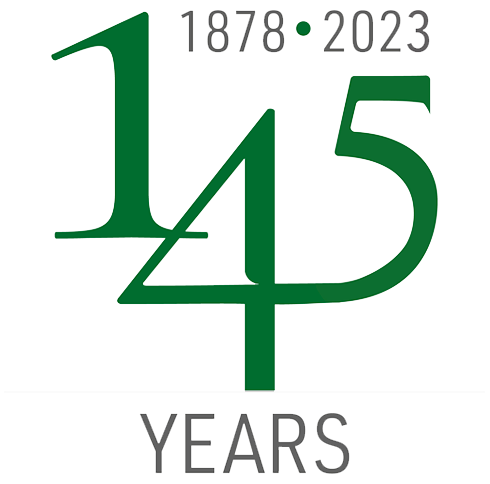Another success for the protection of Daimler’s IP portfolio
 for goods and services in classes 12, 36, 37 and 39. As a result, the application filed by AUTOCITY S.R.L. has been rejected for all the contested goods and services in the above-mentioned four classes. But what made Daimler successful?
for goods and services in classes 12, 36, 37 and 39. As a result, the application filed by AUTOCITY S.R.L. has been rejected for all the contested goods and services in the above-mentioned four classes. But what made Daimler successful?Why Daimler succeeded?
- Likelihood of confusion: a global assessment
There is a likelihood of confusion, as per Art. 12, comma 1, letter d) of the C.P.I., if the public is subject to believe that the products and/or services distinguished by the trademarks originate from the same company, or that the companies have some kind of special relationship between them.
The subsistence of such likelihood of confusion depends on different interdependent factors and, importantly, it must be globally assessed. Such factors include the likelihood of the trademarks, the likelihood of the products and/or services, the distinctive character of the earlier trademarks, the distinctive and dominant elements of the signs and the relevant public.
Therefore, in the case at hand, the Office has globally assessed all the above-mentioned elements in relation to the trademarks under analysis and the goods and/or services distinguished by these. The rest of the article will indeed study the reasoning adopted by the Office before concluding that there is a likelihood of confusion and/or association between the trademarks for the relevant consumers.
- The case at hand
As far as the comparison between the goods and services is concerned, the Office confirmed that they can be considered identical or, in some cases, similar for all the four classes involved.
Turning to the comparison between the marks, the Office compared the above-mentioned trademarks visually, phonetically and lastly conceptually.
Visually, the Office argued that the trademarks differ from one another only for the word element, which is almost totally absent in Daimler’s EUTM registrations ![]() and
and  , if not for the “C” element of the figurative sign. In addition, the signs are also different for the yellow color used for the “C” letter and the triangle figure placed inside the “I” of the opposed mark:
, if not for the “C” element of the figurative sign. In addition, the signs are also different for the yellow color used for the “C” letter and the triangle figure placed inside the “I” of the opposed mark: ![]() .
.
On the other hand, by looking at the similarities, the Office stated that the marks can be considered similar for the graphic element placed inside the writing, being the sign composed by a semicircle for the “C” letter and a triangle facing the right side, almost identical to both trademarks owned by Daimler. Therefore, all the above considered, the Office concluded that the signs can be considered visually similar.
Phonetically, the Office stated that the opposed mark is made up of a single word of four syllables composed by an Italian term (“AUTO”) and an English word (“CITY”); whereas, Daimler’s trademarks are both figurative. Therefore, the signs have been considered phonetically different.
Conceptually, the word element AUTOCITY of the opposed trademark has been associated by the Office to the idea of a vehicle (“AUTO”) moving into an urban space (“CITY”). The Office also argued that Daimler’s figurative trademarks reflect, through the circular and triangular pictures, the concept of dynamism. Indeed, according to the Office, the circular shape recalls the idea of perfection, stability and firmness whereas the triangular shape can be associated to an arrow. These two concepts together suggest the idea of a destination to reach, an inclination for movement. For these reasons, the signs have been considered conceptually similar.
In light of the above, the Office stated that the marks under comparison can be considered overall similar, stressing that the relevant public will attribute more importance to the visual and conceptual aspects of the signs. The Office also specified that the analysis has been done by looking at the relevant public, which, in the case at hand, is constituted by consumers with a normal degree of attention.
Furthermore, the Office confirmed that Daimler’s prior marks are endowed with a strong distinctive character.
- Final decision
In conclusion, the Office believed there is a likelihood of confusion and/or association between the trademarks for the relevant consumers and, therefore, the trademark ![]() will, definitively, not be able to proceed to registration.
will, definitively, not be able to proceed to registration.
AUTOCITY S.R.L. has not filed a request of appeal against the above mentioned decision. Thus, the decision has now become final and the opposed trademark has been definitively rejected and will not be able to proceed to registration. In addition to the above, the applicant has also been condemned to refund the legal expenses incurred by Daimler during the proceedings.
